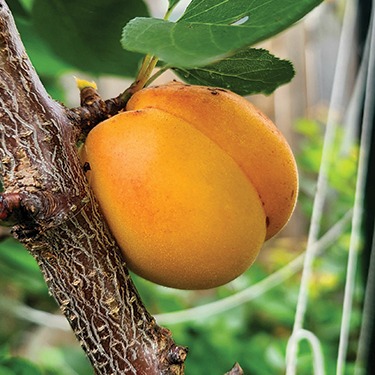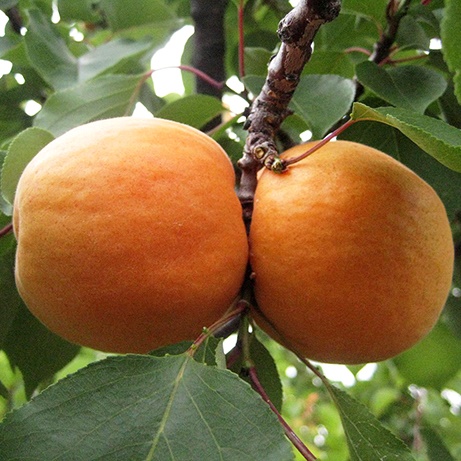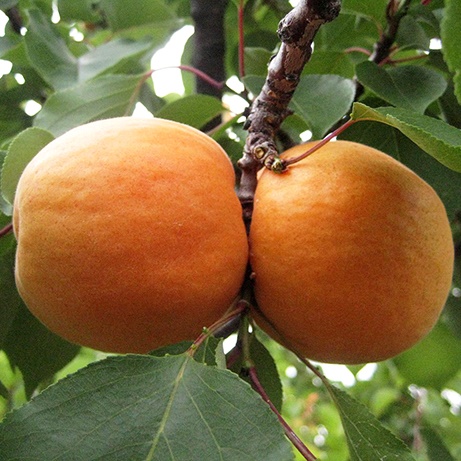Apricot : PRECIOUS Semi-Dwarf (Mustang) (Orchard Grade)
$49.95
An 'orchard grade' is a tree that may be somewhat shorter, slightly crooked, or a bit scratched, or for some other reason is not a perfect front lawn specimen. These trees will work just as well in an orchard as a first or number one would, since they still produce the very same fruit.
An exceptional, but very uncommon variety, it originates from an old tree discovered just south of Georgian Bay. Back around 1900 the Fruit Growers Association brought over some hardy apricot seedlings from Russia. This tree is suspected of being one of them. Small to medium sized fruit has thick yellow-orange skin, sweet melting flesh and an edible almond-like kernel in the pit. It is relatively late blooming, quite disease resistant and handles late frosts unusually well. A dependable producer in Quebec and the New England states.
SELF-FERTILE | ZONE 3/4 | HARVEST: LATE JULY.
Growing Tips
One of the key factors that determines cold-hardiness for tender fruit trees such as apricots and peaches is how well they harden off in the fall. Any activity that stimulates growth should be avoided after August 1. This includes fertilizing, overly frequent watering and pruning.




